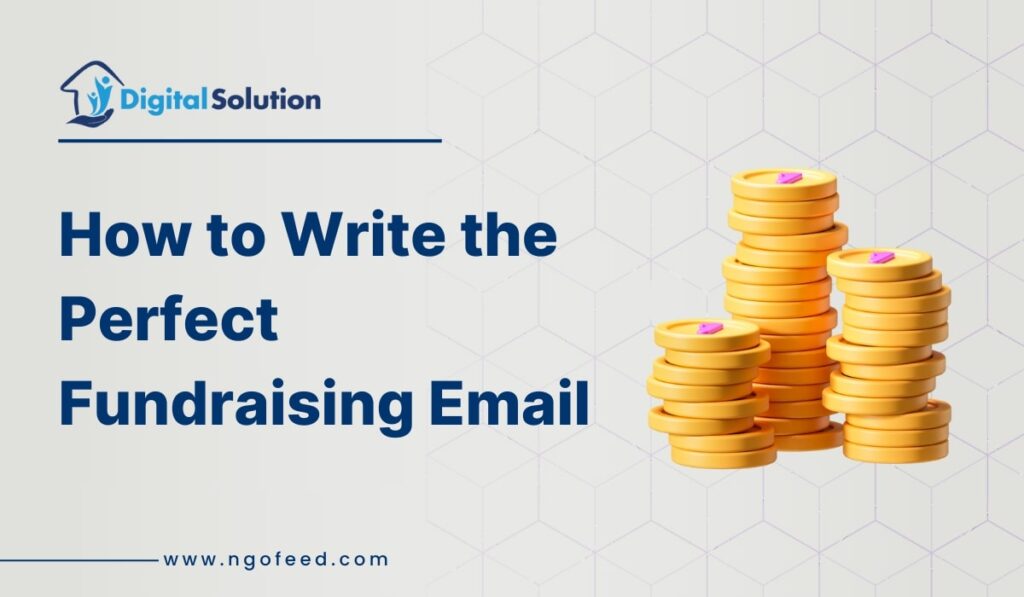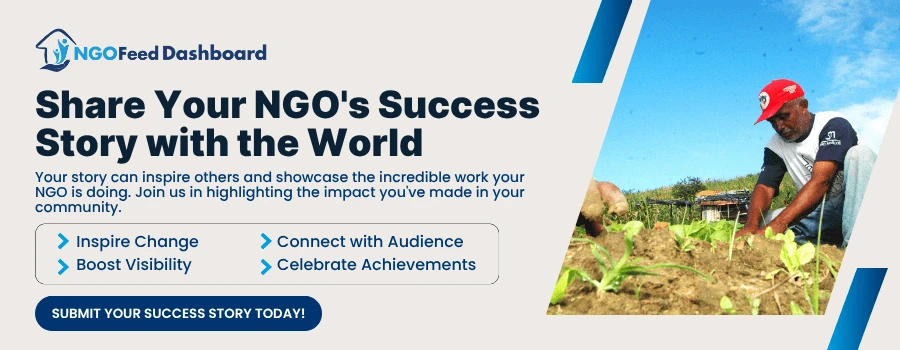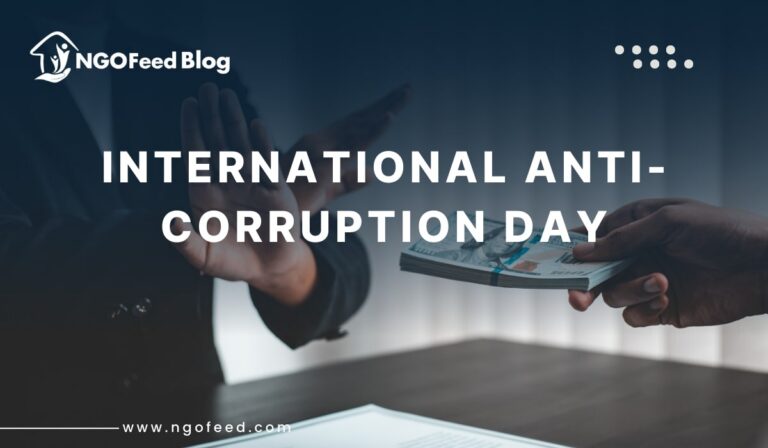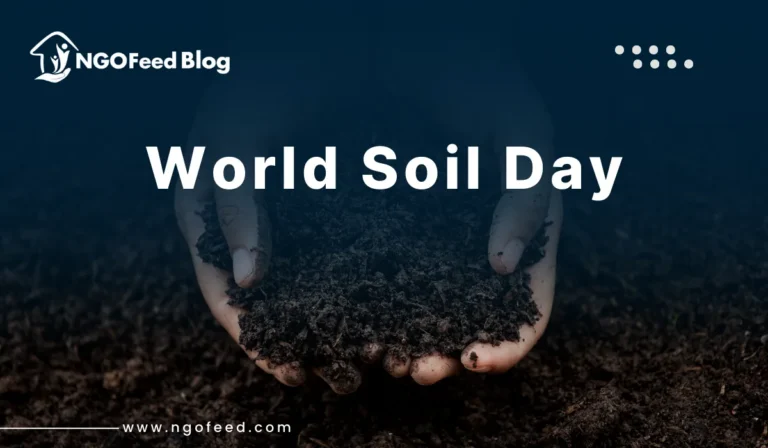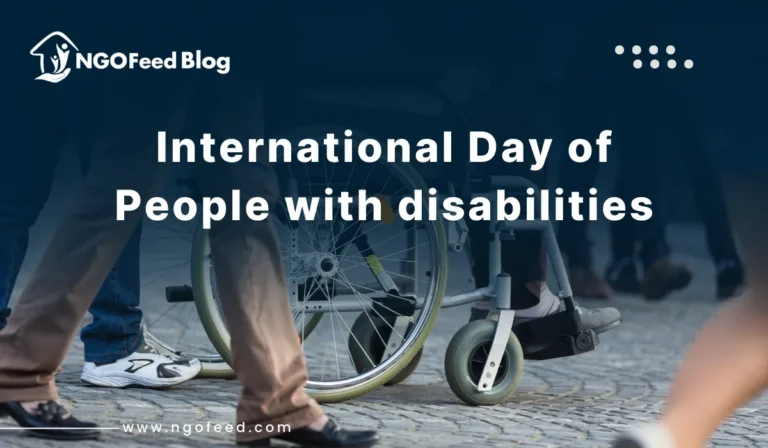How to Write the Perfect Fundraising Email: The digital era has confirmed email promotion as the most powerful instrument for nonprofit fundraising. The communication method delivers personal messages at a minimal cost. The challenge lies in penning an email for fundraising which people will actually open read and respond to. The creation of an excellent fundraising email requires technical expertise and creative mastery.
A successful fundraising email demands more than monetary requests because it requires storytelling together with relationship-making approaches, for mission-based engagement with your supporters. The high volume of daily email messages requires your message to stand out through meaningful resonance with readers so they will respond genuinely.
Your donation appeals will reach their full potential by how you structure your messages, regardless of the campaign goal or reason behind the pitch. All elements within the email must be carefully considered the subject line click induction and opening sentence grip and closing call-to-action, donation stimulation.
Also Read: Gamification in Volunteering
The following article provides all the necessary steps to create an ideal fundraising email. The guide includes strategies for audience definition alongside the right message structure and storytelling methods alongside the identification of conversion-harming flaws.
Table of Contents
How to Write the Perfect Fundraising Email
The presented guide gives essential help to new communication professionals at nonprofits, along with experienced fundraisers who want to boost their results by writing compelling emails.
Also Read: Microdonations for Nonprofits
Know Your Audience and Set a Clear Goal
Your first step in creating a fundraising email demands that you answer these vital two questions: What recipients will receive the email and What specific action do you expect them to perform? Every high-performing email initiative starts with proper audience comprehension. The impact of average messages sent to wide distribution lists differs from customized messages that address specific recipients.
- You need to determine if your audience includes novice donors consistent supporters business companies or individuals who volunteer. The required tone and message structure along with the details needed differ between each recipient group. First-time donors require extensive information about the mission but returning supporters want to learn about the impact their donation made in the past.
Also Read: Gen Z is the Next Wave of Donors
- The first step in creating email content involves establishing a defined and particular objective that should accompany audience understanding. The objective is to collect a particular sum of financial support. The goal is to lead supporters to visit the donation webpage. The email seeks to get people to register for an upcoming fundraiser event. Your established goal will determine both the message content and the overall format and desired donation response.
- Your email will produce unclear results when you lack a defined audience and objective thus failing to transform email readers into donors. A focused approach toward your audience alongside your purposes will make your message relevant and impactful and results-focused.
Craft a Compelling Subject Line
The subject line is the first thing your audience notices—and it often plays a crucial role in whether they decide to open your email or just scroll on by. In a busy inbox, a captivating subject line can be the game-changer that determines if your message gets read or overlooked. It’s your golden opportunity to grab attention, ignite curiosity, and encourage someone to pause just long enough to click.
- A fantastic subject line should be short, clear, and emotionally engaging. Aim for about 6 to 10 words, and try to instill a sense of urgency, relevance, or personal connection. For instance, instead of saying “Please Donate Today,” consider something more specific and heartfelt like “Emma Needs Your Help Tonight” or “You Can Feed a Family for Just ₹50.”
Also Read: How to Manage your Nonprofits Budget?
- Steer clear of clickbait or vague phrases—building trust is essential in nonprofit communications. Instead, be straightforward and honest while still sparking interest. Personalization can also significantly enhance open rates. Including the recipient’s name or mentioning a previous donation (if your email platform allows it) can make your email feel more customized and less like a generic blast.
- Experiment with different subject lines through A/B testing to find out what resonates best with your audience. What works for one campaign might not hit the mark for another.
- Keep in mind, if your subject line doesn’t entice the reader to open the email, the rest of your carefully crafted message—no matter how well-written—won’t even get a chance to be seen.
Tell a Powerful, Emotionally-Driven Story
Every fundraising email needs a story that touches its audience to become successful. Data points provide awareness whereas emotions stimulate individuals to take action. Your audience will embrace your cause when you present an emotional narrative because personal engagement leads to donation motivation.
- Rephrase the message by presenting a genuine story that demonstrates the direct effect of your organizational accomplishments. You should present a person who has undergone a life-changing journey because of your organization’s work with their consent. Present their obstacles to success along with how your mission resolved these challenges and what their current life conditions are. Build a detailed description through emotional storytelling combined with sensory-based words.
Also Read: Viral Nonprofit Campaigns for Optimal Impact
- Instead of stating that your organization assisted 500 children last year share an authentic story about a single child whose existence improved because of your programs. Guide the reader to witness life through your organization’s beneficiaries. By creating empathy your appeal gains credibility and memorability at the same time.
- Maintain a brief and powerful narrative structure that fits into only a few paragraphs of content. Adding visuals becomes essential because pictures both spark emotional participation and generate better donor responses.
- Your backing directly enabled the possibility to occur. Donors learn through this reminder that their monetary support represents vital opportunities for hope and transformation in another person’s existence.
Also Read: Tips for Building Long-Term Relationships with Donors
Every fundraising message depends upon storytelling because it functions as the essential core that drives the message forward.
Make Your Ask Clear and Actionable
Once you’ve grabbed your reader’s attention with a captivating story, it’s time to make your request crystal clear. This is your call to action, and it should never be vague, hidden in the text, or open to interpretation. Your fundraising email needs to have one clear ask that encourages the reader to take immediate action.
- Be specific: instead of saying “Support our cause,” try saying “Donate ₹500 today to provide meals for a family of four.” Let them know exactly how their contribution will make a difference and why it’s urgent. People are much more likely to respond when they see the real impact their gift can have.
- Use direct, action-oriented phrases like “Give Now,” “Join Us,” or “Change a Life Today.” Make sure your call-to-action (CTA) stands out visually—consider using buttons or bold text to make it easy to spot and click. Avoid overwhelming the email with multiple requests; focus on one main CTA to keep your message strong and clear.
Also Read: Foundation Vs Charity Vs Nonprofit
- Also, make the donation process as smooth as possible. Link directly to a simple, mobile-friendly donation page. If you can, provide pre-set donation amounts or options for monthly giving to simplify the decision-making process.
In short, your ask should be crystal clear, emotionally compelling, and incredibly easy to act on. Don’t leave your readers guessing about what to do next—lead them there with confidence.
Design for Readability and Optimize for Mobile
Your email message strength counts for nothing when cellular devices display it poorly. Mobile optimization becomes essential because more than fifty percent of emails receive views from mobile devices.
Also Read: CSR Funding for NGO
- All emails must begin with a layout that presents a neat structure to guide visual focus for readers. The content remains easy to scan through the implementation of short paragraphs with bullet points along with strategic use of white space. Split your message into shorter sections because mobile screen users prefer to skim text content.
- The font must be easy to read while text elements need sufficient visual separation from background elements. Choose only two specific brand colors that won’t overwhelm the viewer visually. Strategically place a big call-to-action button which gives users a seamless experience tapping it directly on mobile phones.
- Every image needs to add value to your main message instead of making the content harder to understand. Visuals that display quickly should have high-quality resolution while containing alt text for images that might fail to show properly. Emails should always be reviewed on mobile platforms and desktop computers before their release.
Also Read: How to Use Content Marketing to Tell Your Nonprofit Story and Drive Engagement
The ease of reading and navigating through your email will lead people to remain connected and carry out desired actions. Professional design in your email communications will create trust with your audience base while simultaneously increasing the possibility of reader conversion into donors.

